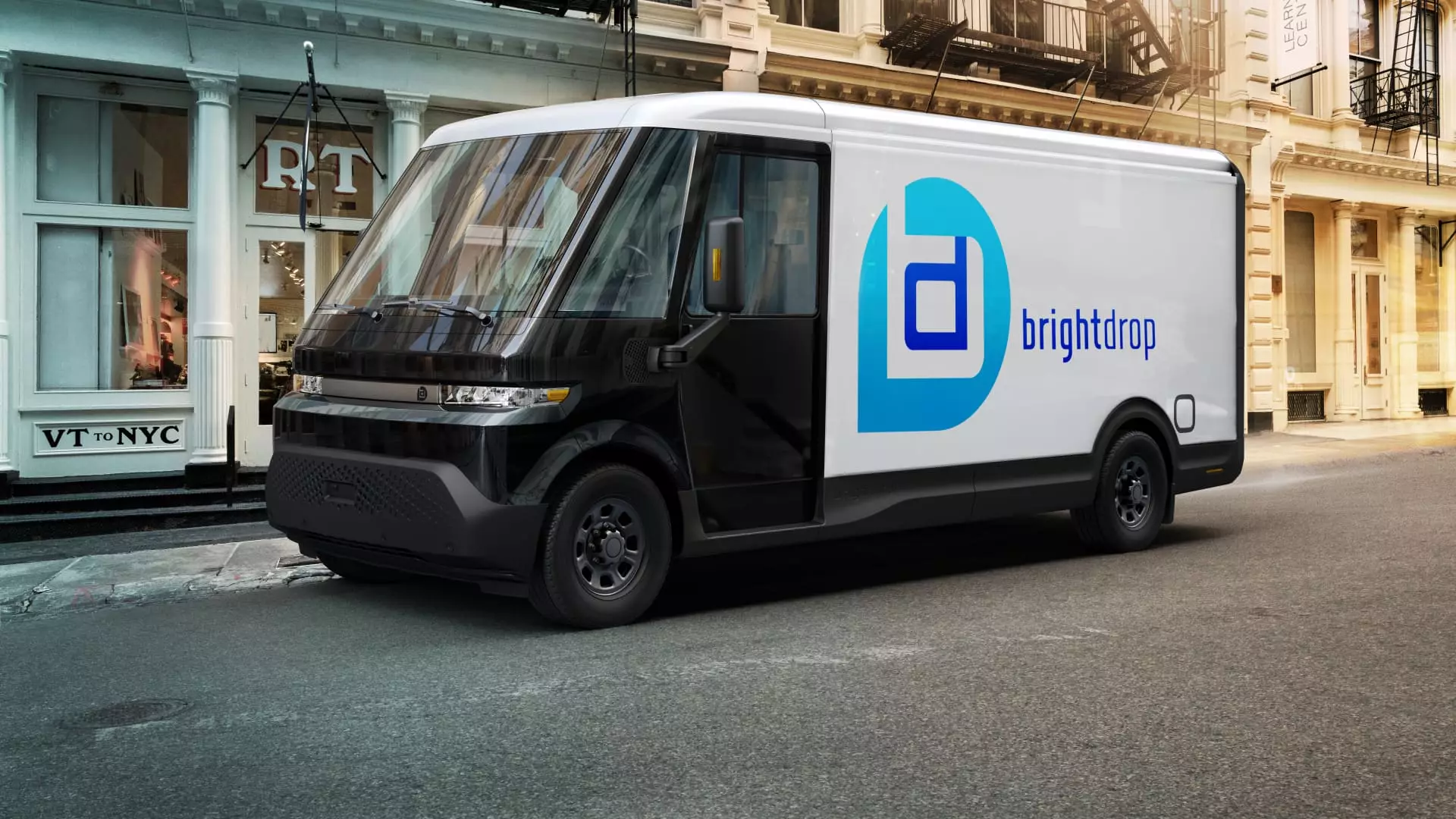In a gut-wrenching turn of events, General Motors (GM) has announced that it will drastically reduce production of its BrightDrop electric delivery vans in Ontario, Canada, leading to 500 job losses. This decision lays bare the fragility of the company’s electric vehicle (EV) ambitions, revealing a stark gap between GM’s lofty aspirations and the sobering reality of market demand. The very plant that once emblemized hope for a greener future is now a source of despair for the hundreds of families it supported. In a world that should be eagerly embracing electric alternatives, it’s disheartening to witness the casualties of this transition.
Market Demand: A Shifting Landscape
GM’s decision to idle the CAMI assembly plant for a staggering 20 weeks is framed as a necessary response to a shifting market. However, one cannot help but notice the irony in a corporation that once envisioned BrightDrop as a cornerstone of its future, now scrambling to keep pace with an industry that seems to be leaving it behind. The original goal of generating $1 billion in revenue for BrightDrop in 2023 appears almost laughable in hindsight, given the company managed to sell a mere 2,000 vans during that time. Here’s a wake-up call: the corporate world doesn’t just need innovative technology; it needs a coherent strategy that acknowledges the complexities of consumer demand.
The Human Cost and Union Sentiment
Lana Payne, the president of the Unifor union that represents affected workers, aptly described this situation as a “crushing blow.” It would be naive to overlook the human cost underlying corporate decisions driven primarily by economic calculations. The affected workers are not just numbers on a spreadsheet; they are individuals whose livelihoods are now abruptly displaced. The call for government intervention and support for workers must echo louder in such uncertain times. Temporary setbacks should not result in permanent devastation for communities reliant on their local industries.
Political Ramifications: Tariffs and Uncertainty
Payne goes further to implicate former President Trump’s tariffs in the turmoil enveloping the automotive industry, and she makes a valid point. Economic protectionism in the form of tariffs has been known to create distortions in market operations. The ripple effects can stifle innovation, hinder competitiveness, and lead to devastating job losses, all while making consumers bear the brunt of increased prices. A more liberal economic approach that encourages domestic growth while remaining globally competitive is necessary to foster an environment where companies can innovate without fear of punitive measures.
A Call for Comprehensive Strategy
While GM insists it remains committed to the CAMI facility with plans for upgrades, the current landscape raises serious questions about whether the company has a robust strategy beyond mere ambition. As the automotive industry grapples with a revolutionary shift toward electrification, the need to balance innovation with practical operational strategies has never been more urgent. It is time for automakers not only to dream of electric futures but also to forge realistic paths toward achieving them. Without a strategic blueprint that incorporates market dynamics and addresses workers’ needs, the dream of a prosperous EV industry may fade into a cautionary tale.

